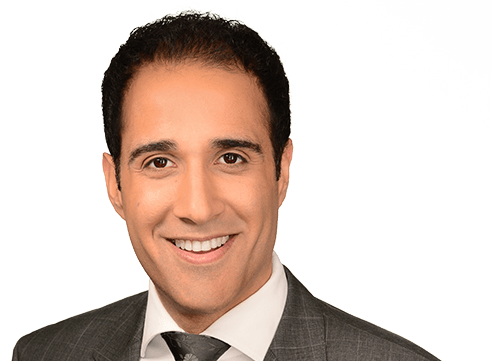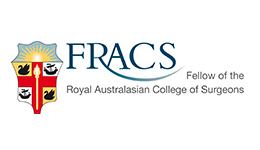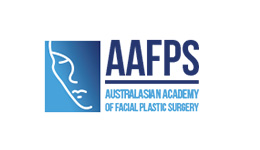Neck liposuction Surgery
Consultation for Neck Liposuction Surgery
Your facial anatomy is unique and distinctive, therefor all surgical treatments must be individually customised to match your aesthetic needs and desires. During your initial consultation, Dr Choroomi will
- Examine your facial frame and skin texture
- Listen to your concerns and cosmetic objectives
- Discuss why you desire facial liposuction, including expectations and outcomes.
- Explain the surgical procedure and recovery.
- Review your treatment options and answer and any questions.
Photography and digital imaging may be performed to give you an idea of what your jawline and neck may look like after neck liposuction surgery.
Neck Liposuction Surgery with Dr Choroomi
Under general anesthesia, Dr Choroomi makes incisions on the face or neck. A cannula (small tube), connected to a pump, is inserted into the incision to extract fatty deposits. After all the fat is removed, Dr Choroomi closes the incisions with 1-2 small stiches.
Recovery from Neck Liposuction Surgery
After surgery, Dr Choroomi will place an elastic dressing over the treated area. This dressing is to be worn consecutively for a two days and at night or two weeks. You can expect:
- A degree of bruising
- Swelling
- Minor numbness around the treated area
Patients may return to normal activity 7 days after surgery.
Risks and Complications
While neck liposuction surgery generally a safe and effective procedure, like any surgery, it carries some inherent risks. Being aware of the most common side effects can help you set realistic expectations and take proactive steps to minimise complications. Below, are the risks patients are most likely to encounter during or after face or neck liposuction.
Bleeding and Bruising
Some bleeding and bruising are common after neck liposuction surgery and typically resolve within 1-2 weeks. However, excessive bleeding can occur if post-operative care instructions aren’t followed or if the patient has underlying conditions affecting clotting. Wearing compression garments and avoiding blood-thinning medications can help minimise these side effects and speed recovery.
Infection
Though rare, infections can occur after neck liposuction surgery if bacteria enter the small incisions. Symptoms may include redness, warmth, fever, or discharge from the incision site. Following strict hygiene practices, using prescribed antibiotics, and attending all follow-up appointments are essential steps to reduce this risk and ensure a smooth recovery.
Scarring
Neck liposuction incisions are typically small and placed in discreet locations, which makes visible scarring uncommon. However, some patients may develop thicker or more noticeable scars, especially if they are prone to keloids or poor wound healing. Proper aftercare and avoiding sun exposure can help reduce the appearance of any residual marks.
Asymmetric Results
In some cases, patients may notice slight differences in the symmetry of their neck after surgery. This can result from uneven fat removal orr post-surgical swelling.
Swelling and Fluid Accumulation
Swelling is a normal part of the healing process, but excessive or prolonged swelling can indicate fluid buildup, known as a seroma. These can be uncomfortable and may require drainage by your surgeon. Wearing a compression garment as directed and keeping your head elevated can help control swelling and prevent fluid retention.
Numbness or Tingling
Temporary numbness or tingling in the neck or chin area is a common side effect following neck liposuction. This usually results from nerve irritation during the surgical procedure and often resolves within a few weeks. In rare cases, the sensation may persist longer. Gentle massage and time are typically enough to restore normal feeling.
Skin Irregularities
After fat is removed, the skin may not always retract smoothly, leading to rippling, dimpling, or uneven textures. This is more likely in patients with reduced skin elasticity or if too much fat is removed. Maintaining realistic expectations and following your surgeon’s post-op guidance can help reduce the chances of irregularities.








